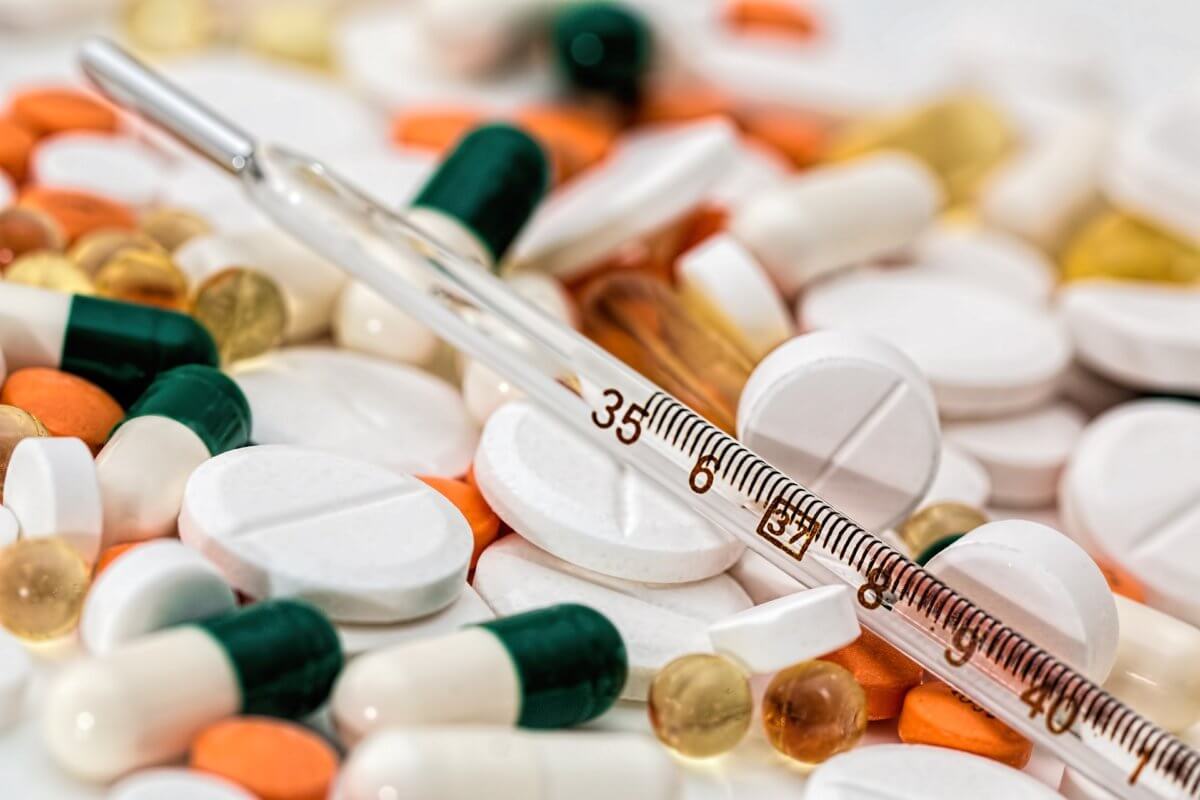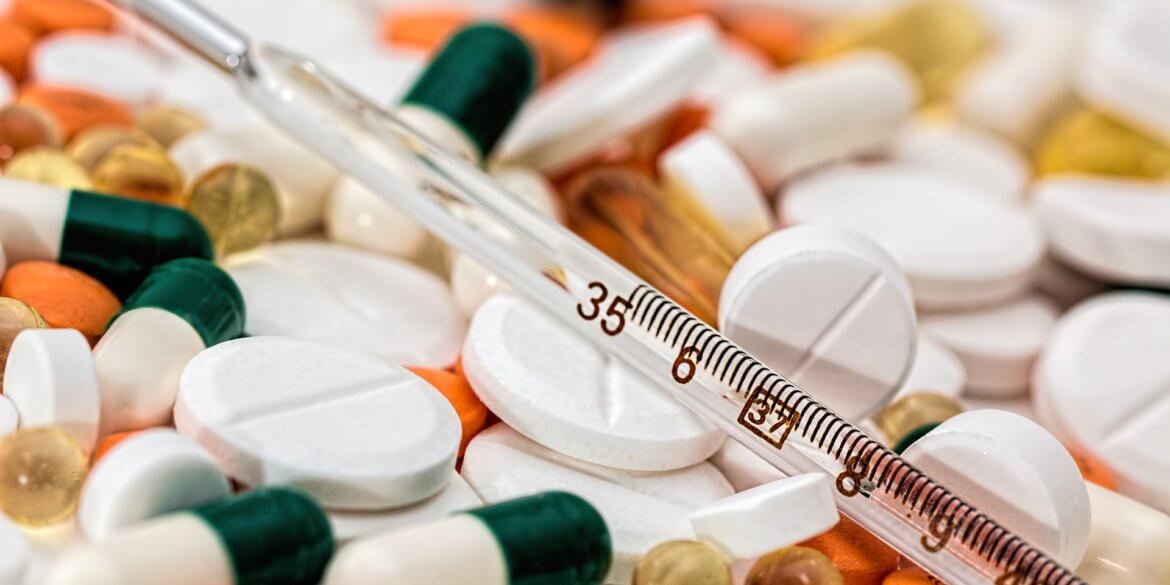Fever is a sign of an underlying process happening in the body. An increase in body temperature can be due to an underlying infectious process, a disease, a response to certain medications or simply, engaging in vigorous activity or exercise.
The most important sign of a fever is an increased body temperature; therefore, it is necessary to ensure that the body temperature is measured accurately with a thermometer using proper techniques.

Do you know that Singapore’s Health Sciences Authority (HSA) regulates thermometers as medical devices? All approved types of thermometers are accurate and reliable, if used appropriately.
Detection of Fever
Body temperature can be measured with various types of thermometers used mainly at the axillary (armpit), oral (under the tongue), rectal (anus) or tympanic (ear canal) sites.
Body temperature should be measured with the same thermometer at the same site over the course of an illness, because the reading from different thermometers or body sites may vary.
| Site of Measurement | Normal Body Temperature Range | Fever |
| Axillary | 34.7°C—37.3°C | > 37.4°C |
| Oral | 35.5°C —37.5°C | > 37.6°C |
| Rectal | 36.6°C —38.0°C | > 38.0°C |
| Tympanic | 35.7°C —37.7°C | > 37.8°C |
The rectal method is considered the gold standard measurement, because it most consistently estimates core body temperature. However, most patients prefer other methods of temperature measurement because of comfort and ease of use. The axillary method is not recommended routinely as it is not as reliable for detecting fever. The tympanic method is found to be more reliable than axillary or oral method in measuring body temperature in adults when taken appropriately.
To Treat or Not to Treat?
Signs and symptoms that normally accompany fever and cause a great deal of discomfort include headache, sweating, generalised malaise, chills, muscle and joint aches, irritability and loss of appetite. The main reason for treating fever is to alleviate the discomfort of fever by reducing the body temperature to a normal level. However, the underlying cause should be identified before treatment.
When To See a Doctor
Consult a family doctor when the fever is 40°C and above in adults or when the fever persists for more than 3 days, with or without treatment. Go to the emergency department when the fever is associated with a stiff neck or there are severe symptoms accompanying the fever such as severe sore throat, cough with blood in the sputum, seizures, loss of consciousness etc.
There are special groups of people where your doctor may have provided advice on what to do in the event of a fever, always follow your doctor’s advice. These groups of people may include patients with impaired immune function (e.g. cancer, HIV) and patients with chronic health conditions (e.g. stroke, heart failure).
In the elderly, the ability to develop a fever is normally impaired. Baseline body temperatures in the elderly tend to be lower than in younger adults. The elderly patient experiencing severe infections may only display a modest fever. Beware that in the elderly, a mild fever can be an indicator of a more serious underlying problem than in younger adults. Always consult a doctor if a mild fever or a change in cognitive function is experienced in the elderly patient (e.g. confusion, drowsiness).
Anti-fever Medications
Paracetamol and ibuprofen are common medications that can bring down body temperature and relieve the discomfort a fever can bring. They can be easily obtained over-the-counter or from a pharmacist. Always check with the pharmacist for the most appropriate anti-fever medication and dosing especially if you have drug allergies or chronic conditions. Paracetamol and ibuprofen typically take one-half to one hour to begin to decrease body temperature and discomfort. Continue to monitor the level of discomfort and body temperature two to three times a day. If symptoms are not improving or worsening over the course of 3 days with self-medication, regardless of a drop in temperature, a doctor should be consulted for further evaluation.
What You Can Do
Always ensure that you have plenty of rest in a cool and well-ventilated room. Drink plenty of fluids, particularly water, to help cool your body and prevent dehydration. Avoid alcohol, tea and coffee as these drinks can cause slight dehydration. Wear lightweight clothing and remove blankets even if you have the chills. Avoid taking cold baths or showers, lukewarm water is the most ideal. Skin reacts to the cold by constricting its blood vessels, which will trap body heat. The cold may also cause shivering, which can generate more body heat.
There is currently insufficient evidence to recommend dietary supplements or other complementary and alternative therapy for the treatment of fever. Most fevers are self-limiting and non-threatening. Above all, the underlying cause of the fever should be investigated.
Reference:
Berardi, R. (2006). Handbook of nonprescription drugs: An interactive approach to self-care. Washington: American Pharmacists Association.




